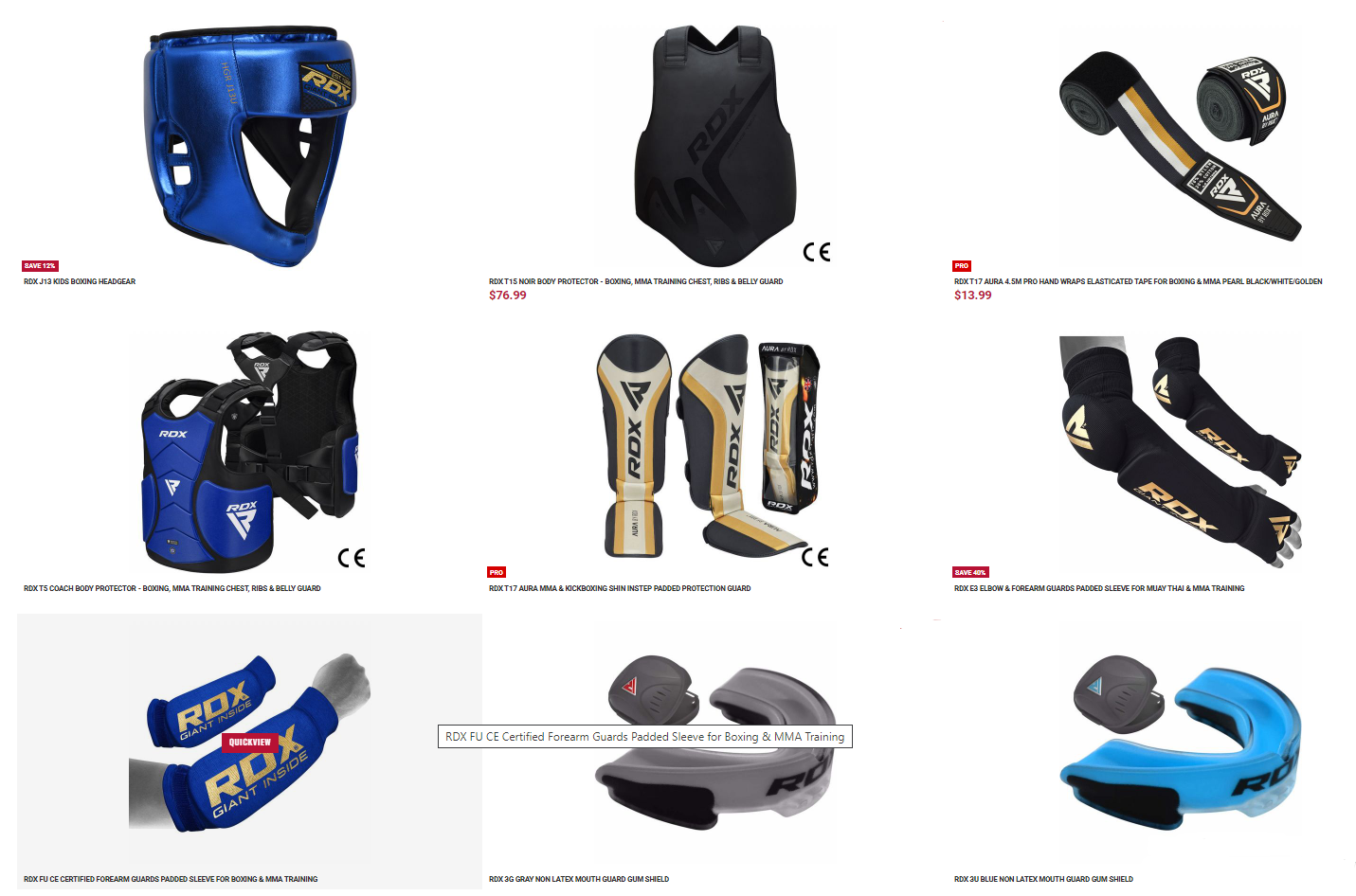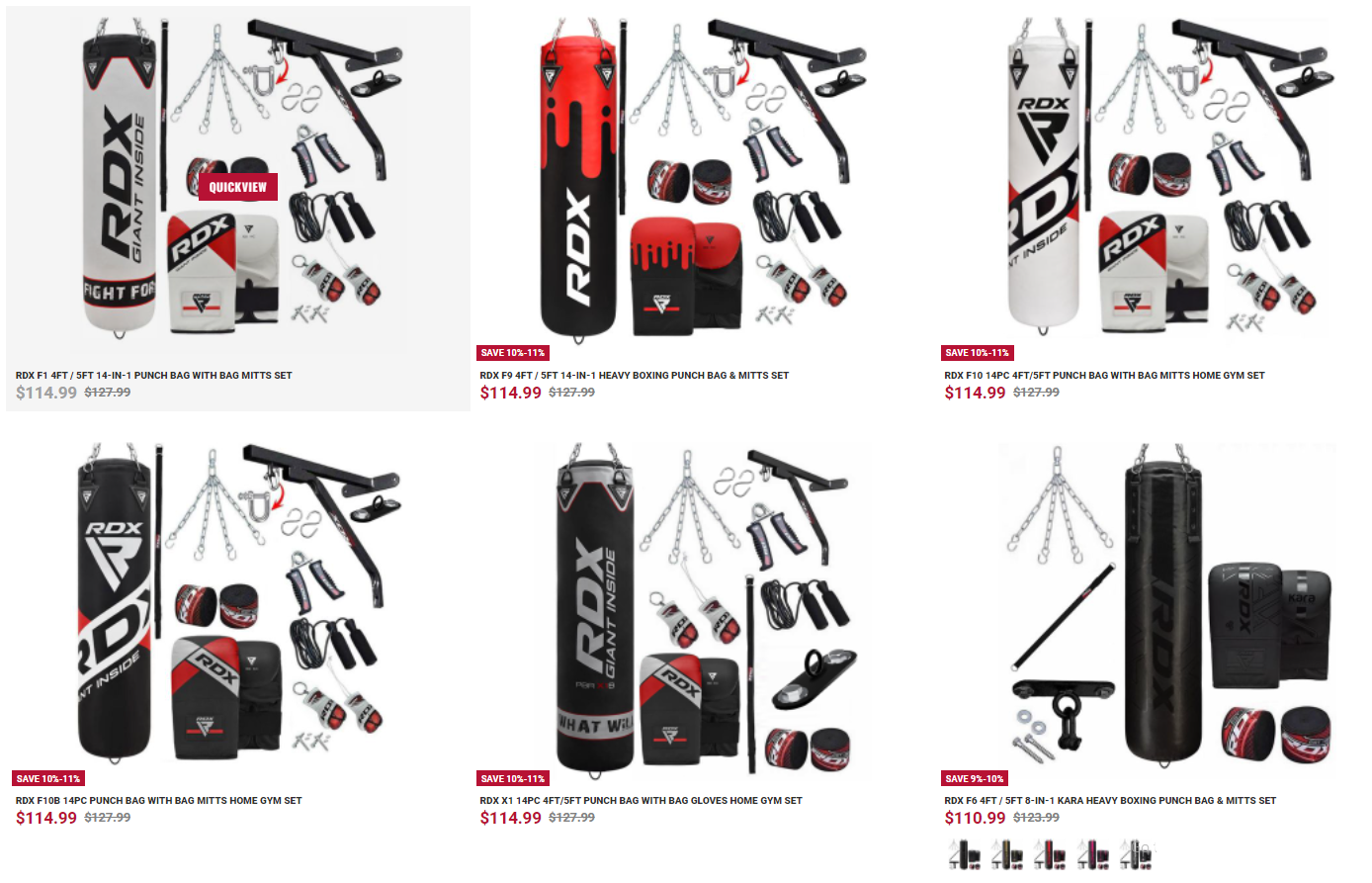How Shadow Work, Training And Sparring Can Make You A Better Boxer Today
It doesn’t matter how long you’ve been boxing and it doesn’t make a difference if you’re new to the fight either because there are always things to improve. From mindsets to strategies, here are a few ways to improve your boxing today.
Shadow Work
Visualizing your opponent is the single most powerful training mechanism in your arsenal. It can teach you how they may react and how to work around any potential problems. But the entirety of your training can benefit from shadow work as it can act as a warm up or a basic cardio exercise beyond its simple façade. Furthermore, as you aren’t actually fighting anyone, you can actively see differences or improvements over time in your boxing when utilizing shadow techniques.
Shadow boxing is amazing for a number of skills a boxer or fighter wants. From improving your striking and muscle memory by isolating your punches to developing your footwork and balance through repetition. Shadow work can be done anywhere and everywhere but the most necessary thing is focus and visualization.
Further still Shadow work will help your stance develop more fluidly. It will assist in figuring out whether the stance you have is the most optimal for your skill set. Eventually, given practice, you will have one of the three following stances, given regular practice and development:

Upright stance: A fairly common stance for a developed fighter. It assists in maintaining minimum body exposure and giving your opponent less of a target. Besides this, the stance makes your jaw and face safely tucked behind your shoulder and guard. On offense however, this stance can make it easier to land jab strikes and powerful hooks. The opposite of this if you’re a lefty is the southpaw stance.
Semi-crouch: A style finessed by the great Mike Tyson who would use this to slip under taller fighters and land powerful uppercuts. This stance makes it easier to dodge and develop head movement that focuses on elusiveness yet maintains very close distance against your opponent. That distance allows you to throw dangerous close range strikes with lots of body momentum.
Full crouch: Similar to the semi crouch, this stance provides a lot of forward momentum for dangerous uppercuts, but in this case that pressure comes in the form of defensive footwork and pull aways but also in the form of accurate counters to oncoming pressure.
Bags And Training
Now that you have a stance it’s time to improve your striking and counter-striking skills. And what better way to do it than with either a bag or some pads. Equipment of all sorts is available online but here are some of the best ones for body work, bag work and pad work. All prices and stock mentioned here is and will be subject to change.
There are different kinds of bags to help you achieve greater precision in your techniques while you develop your power. Though these are dependent on who you’re fighting, what stance you use and what strikes you’d like to build upon.
There are four main styles of striking in boxing, the jab, the cross, the hook and the uppercut.
The Jab
The most reliable strike in a fighter’s arsenal is the jab, not the hardest of punches but the most reliable. It utilizes minimum energy while maintaining a block with the rear arm at the same time. The jab also manages to block the opponent’s view if it lands, is a great way to create distance and maintain it, making it a great addition in most combinations. A jab is a straight punch from the lead arm to the opponent’s face, used to test, judge distance, harass or even culminate damage.
The Cross
A straight strike, similar to the jab, but with the rear hand. The cross is usually used within combinations as it does not provide a lot of defense once committed to. It can often have more power than a jab as more momentum and inertia can be created with the extra distance. You can practice the speed of your strikes with some speed bags. Improve your accuracy with the best training gloves to make sure your impacts leave a mark.
The Hook
The hook is usually the most powerful strike in a fighter’s arsenal. Sometimes varied into an overhand hook or a check hook, it can have multiple uses, each with knockout power. The punch is thrown by utilizing good footwork and twisting the body into the curving arm, while aiming the closed fist for the opponent’s head. It can often leave the fighter unprotected however and hence is used when an advantage has already been gained.
The Uppercut
Thrown by bending the knees and doing the same motion as the hook vertically towards the opponent’s chin. This also is often used either after gaining an advantage or hidden within a dangerous combination. Though regular punching bags don’t let you practice hooks easily, if you want bags that give you a proper chin to knock then you’ll probably want a wall or angled bag.
Sparring
The next step is defense, but you can’t practice defense without someone actually trying to hit you. So here’s where you need a partner to throw strikes at you while you either minimize the impact, counter or evade. Sparring can often be dangerous, while you and your partner should not be trying to knock each other out, there are some risks to having strikes thrown at you. Hence make sure to wear some of the best protective gear while you spar, even the best martial artists get hurt and injuries take a long time to overcome. 
Slip – Slipping requires you to rotate the body just enough to evade an upcoming punch and hence not letting it land fully. It requires speed and strong instincts, but also some endurance to take a minor impact.
Sway or fade – Also known as “rolling with the punch” or ” Riding The Punch. By either ducking or dropping completely you attempt to completely evade the upcoming punch
Bob and weave – Bobbing requires you to move the head laterally and underneath the incoming punch. As the opponent’s punch arrives, you attempt to bend the legs quickly and simultaneously shift the body either slightly right or left. Once the punch has been evaded, the boxer “weaves” back to an upright position, emerging on either the outside or inside of the opponent’s still-extended arm ready for a counter attack.
Parry/block – Parrying or blocking uses your shoulder, hands or arms as defensive tools to protect against incoming attacks. A block generally receives a punch while a parry tends to deflect it. A “palm”, “catch”, or “cuff” is a defense which intentionally takes the incoming punch on the palm portion of the defender’s glove.
Cover-up – Covering up is the last opportunity (other than rolling with a punch) to avoid an incoming strike to an unprotected face or body. Generally speaking, the hands are held high to protect the head and chin and the forearms are tucked against the torso to impede body shots. When protecting the body, the boxer rotates the hips and lets incoming punches “roll” off the guard. To protect the head, the boxer presses both fists against the front of the face with the forearms parallel and facing outwards. This type of guard is weak against attacks from below such as uppercuts.
Clinch – Clinching is a temporary match state and is quickly dissipated by the referee. Clinching is technically against the rules, and in amateur fights points are deducted fairly quickly for it. It is unlikely, however, to see points deducted for a clinch in professional boxing. Clinching is a form of trapping or a rough form of grappling, in this situation, the boxer attempts to hold or “tie up” the opponent’s hands so he is unable to throw hooks or uppercuts. In this position, the opponent’s arms are pinned and cannot be used to attack.

To get efficient in these techniques it is recommended to challenge yourself (relatively) by fighting multiple opponents with different approaches. This will give any fighter the experience and intuition of body movement and muscle movement. Mix that with a great cardio like Skipping Ropes , regular Shadow boxing and running which will build your endurance levels. Lots of trainers recommend arm endurance exercises such as battle ropes so they can withstand the heavy requirements of matches.
Now you know everything you need to know to tackle down the boxing world and upgrade or begin your journey along its way to a title. Though that information is only as good as how much practice you get in and what equipment you use. So jump on over to the store and let’s get you the RDX equipment that will send you off to a smashing start.









